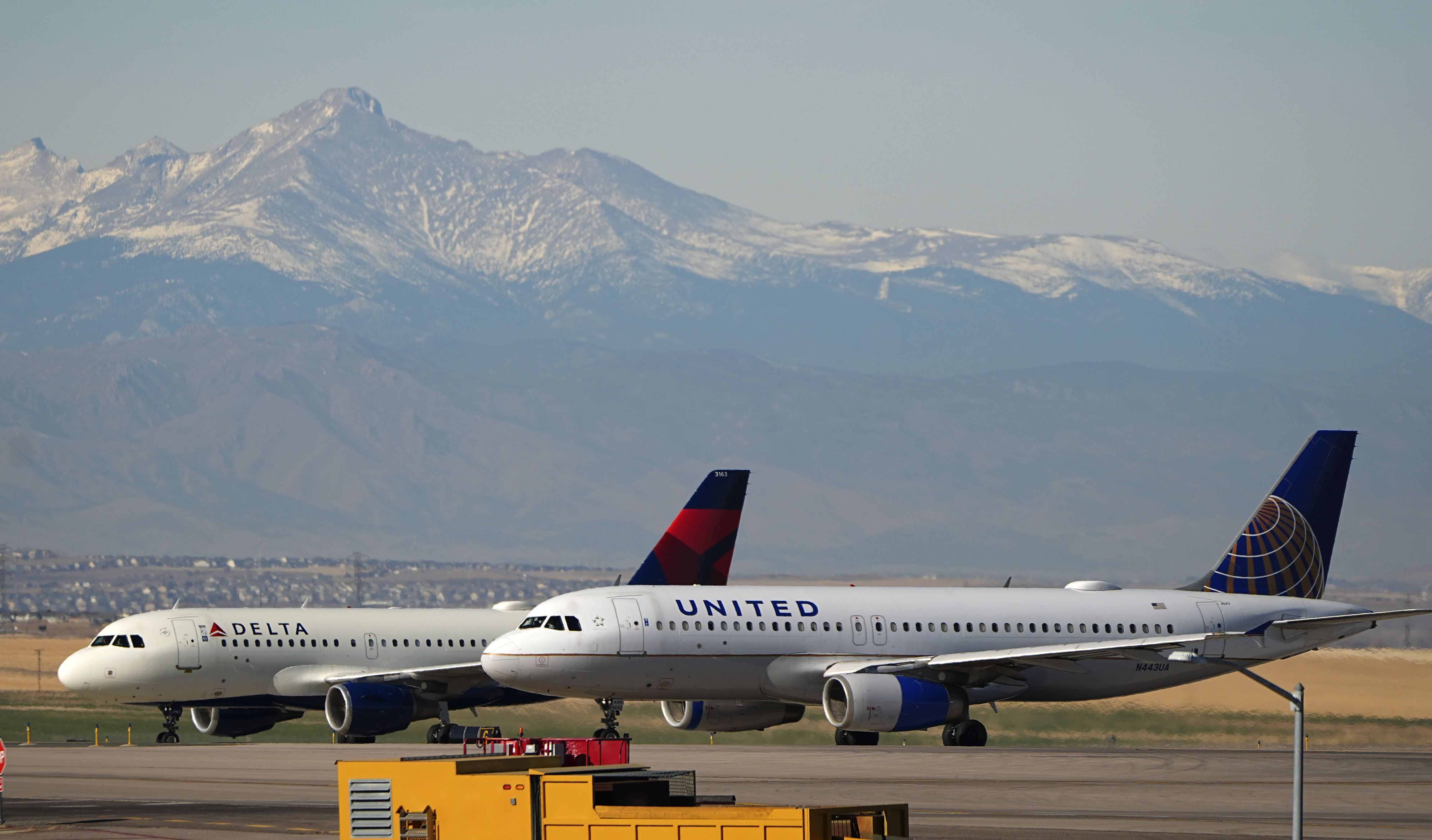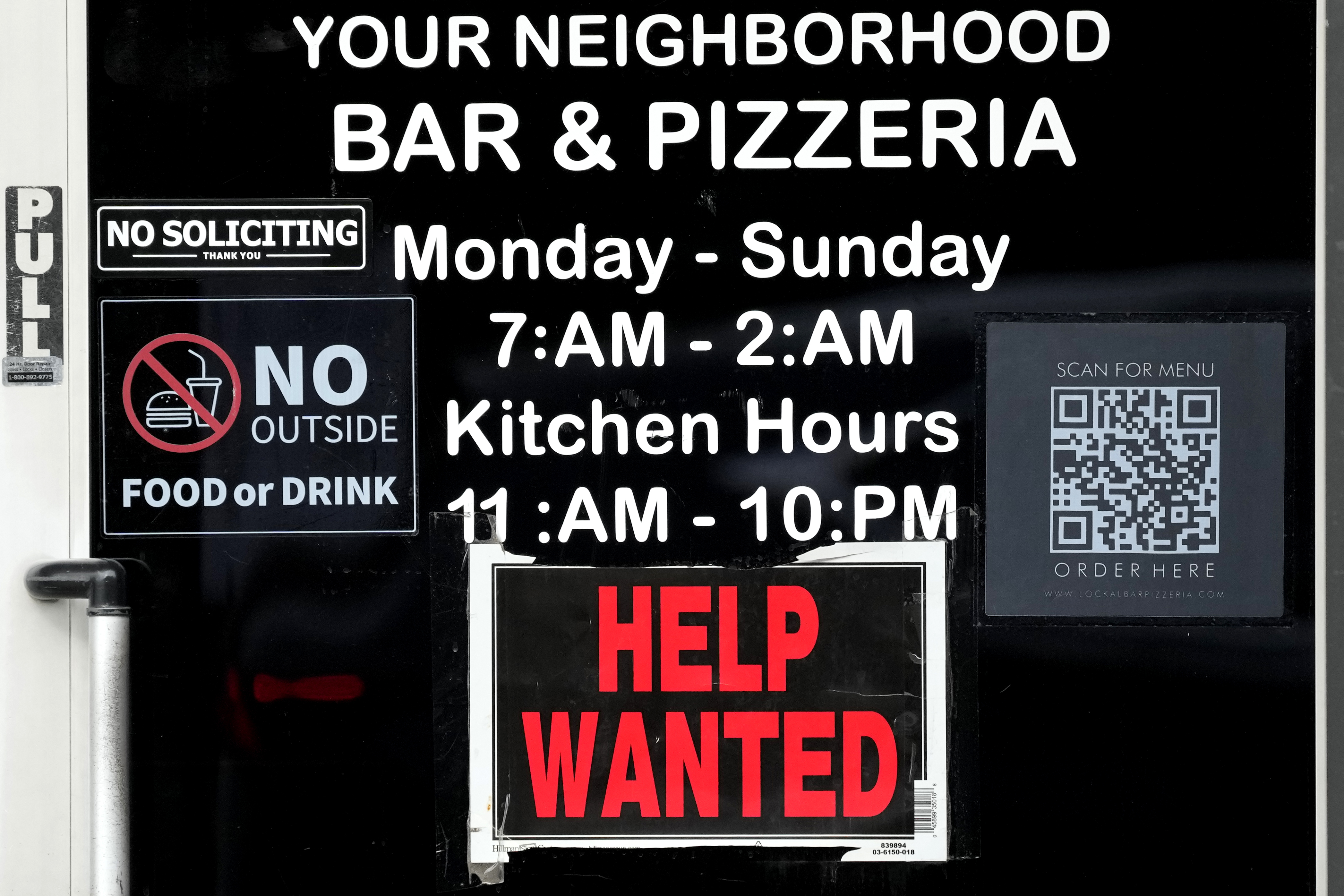HANOVER COUNTY, Va. (WRIC) — Today, Giulia Vogt is a happy and healthy baby today. However, when she first came into the world last year at Memorial Regional Medical Center in Hanover County, doctors were concerned.
Giulia’s parents, Emily and Zach Vogt, were too.
“We just noticed a profound wheezing noise,” Emily said.
The doctors at Memorial Regional were worried about a possible blockage in Giulia’s throat. The doctors told the Vogts it was medically necessary that NICU specialists see Guilia at St. Mary’s Hospital, another Bon Secours Hospital in Henrico.
“She spent the first day and a half at Memorial Regional and then she was transferred by ambulance to St. Mary’s. They had her on a feeding tube. We never saw the ambulance. We saw the EMT’s come in with the nurse,” explained Emily.

It turned out Giulia just had some scar tissue.
The Vogts came home and everyone was doing fine until early this year when a surprise ambulance bill arrived. The fee was a whopping $3,200 for a ride less than 10 miles long.
“It just doesn’t seem fair. If it is medically necessary, why are we paying?” Emily asked.
Recalling her next step, Emily said she figured her Anthem insurance would cover most of the bill.
“I asked the Anthem person about that and she said it is not in your network,” Emily revealed.
It turned out that American Medical Response Ambulance, which the Vogt’s couldn’t really shop around for and was ordered by the Bon Secours doctor, was out-of-network. Both hospitals were in-network, however.
“It’s crazy, considering we had no say in that decision,” Emily Vogt said. “If they were going to use an out of network company, why wasn’t that told to us? I just thought it was Bon Secours ambulance.”
Caitlin Donovan, of The Patient Advocate Foundation, said she hears stories like this all the time; consumers hit with surprise ambulance bills that leave them saddled in debt.
“So many ambulances now are privately-owned and they don’t contract with a lot of insurance companies,” Donovan said.
Fearing an overwhelming bill, she says some patients are now choosing a dangerous alternative.
“Unfortunately, I have heard from too many patients now who are opting out of ambulances and taking Ubers,” Donovan added.
The core of the problem, ambulance companies and private insurers often can’t agree on a fair price so the ambulance doesn’t join the network.
In a statement Anthem told WAVY sister station 8News:
Anthem Blue Cross and Blue Shield is constantly working with healthcare providers across Virginia to help ensure broad access to affordable healthcare. However, despite our best efforts there are some healthcare providers, including some ambulance services, that choose not to participate in our networks. While Anthem’s reimbursement rate for out-of-network patient transport services is consistent with rates for in-network patient transport, an out-of-network care provider or ambulance service may charge consumers in excess of Anthem’s payment. This is a practice called balance billing that leaves the consumer responsible for charges above our customary payment. American Medical Response does not participate in our network of care providers so they can choose to balance bill Anthem members.”
Statement from Anthem Blue Cross and Blue Shield
Bon Secours told 8News, in part, “As a large health system, it is essential for Bon Secours to contract with third-party vendors.”
Still, the Vogt’s wondered why a less than 10 -mile transport cost thousands of dollars?
“The justification is that an ambulance is basically a portable emergency room,” Donavan said. “And so, you are not paying of the wheels, you are paying for everything inside the vehicle and the expertise of everyone with you.”
AMR did tell 8News, in part, “There is a common misconception that the costs of ambulance services are driven by distance transported. In actuality, our cost is driven by the need to maintain a staff of highly trained and experienced paramedics and EMTs who are in a high state of readiness. Also reflected in our charges are the costs of providing critical care, capital equipment costs such as vehicles and medical equipment, fleet maintenance, and extensive training for our caregivers.”
Emily Vogt told 8News, “I would never not want to pay a bill, that’s not what we are trying to do. We just want to feel like, it’s fair.”
Emily went back and forth with AMR and Anthem. She even sought help from the hospital’s patient advocate.
At one point, she was sent a reduced bill from AMR.
“It was for about 800 dollars,” Emily said. Later, she says she was told because she got her insurance involved, the bill was once again $3,200. Anthem did offer to cover a portion of the sum, bringing the debt down to $2,400.

But the act left Emily with even more questions.
“Why was our bill $800 before they knew we had insurance and then once they found out we had insurance, why was $2,400?” Emily asked.
It seemed she was stuck with a $2,400 bill until 8News started calling everyone involved.
Now, AMR tells 8News that the family we inquired about, “does not owe anything.”
Emily was told AMR is accepting the portion Anthem paid and writing off the rest.
So what can you do if you get a bill like this? Donovan says to ask direct questions, adding that sometimes the fee has to do with how the bill is coded.
She suggests asking, how does this bill need to be coded for me to be more fully covered? In addition, Donovan says always appeal. Her group even has a letter template to help.
Donovan also says the only way to really solve the problem is through legislation. Ground ambulances have mostly been left out of any federal legislation to address surprise medical bills.
Should anyone contract a problem such as the Vogts encountered, Donovan urges patients to contact their lawmakers.














































